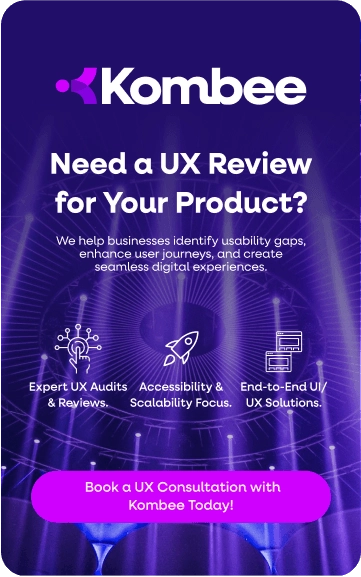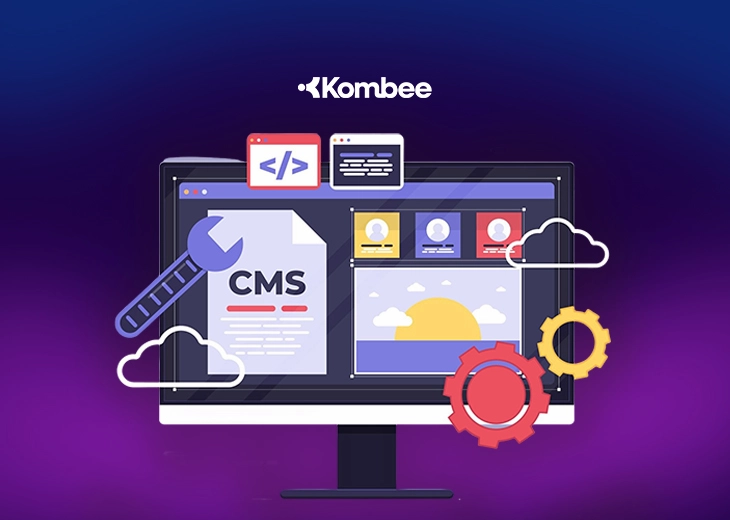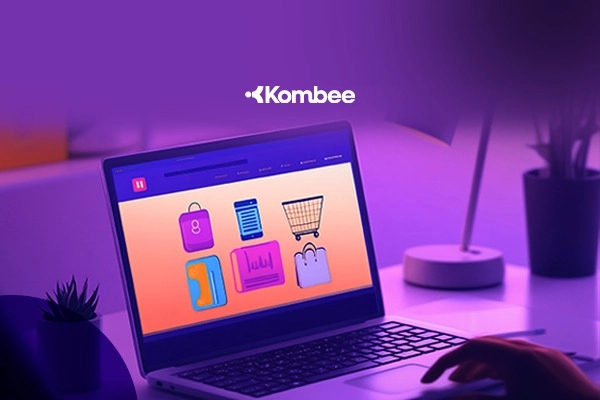Introduction
In the fast-evolving world of online retail, businesses are constantly seeking flexible and scalable solutions to deliver seamless shopping experiences. One of the most transformative technologies in this space is headless CMS for eCommerce. Unlike traditional content management systems, a headless CMS decouples the frontend presentation layer from the backend content repository, offering unparalleled agility and customization.
The Power of Headless CMS in E-commerce
A headless CMS eCommerce solution allows businesses to break free from the constraints of monolithic platforms. By separating content management from the storefront, retailers can seamlessly integrate multiple frontends, such as websites, mobile apps, and smart devices, ensuring a unified shopping experience across all touchpoints.
Key Benefits of Headless CMS for E-commerce
- Omnichannel Capabilities: With a headless approach, businesses can deliver content across various platforms, including web, mobile, social media, and IoT devices, without the need for redundant content update
- Faster Performance: Decoupling the frontend from the backend allows for optimized loading speeds and a smoother user experience, ultimately boosting conversions.
- Greater Flexibility & Customization: Developers have the freedom to design the frontend using any technology stack, ensuring a tailored customer experience without backend limitations.
- Scalability & Future-Proofing: A headless eCommerce CMS can easily scale with growing business needs and adapt to emerging technologies.
- Enhanced Security: The separation of frontend and backend reduces security vulnerabilities, making headless solutions a more robust choice for e-commerce businesses.
Exploring Leading Headless Commerce Platforms
Several platforms are making significant strides in the headless commerce space, providing retailers with powerful solutions to optimize their online presence:
- Saleor headless e-commerce: A high-performance, GraphQL-based solution known for its scalability and flexibility.
- Headless commerce BigCommerce: A widely adopted platform that allows brands to integrate various frontends while leveraging BigCommerce’s powerful backend.
Is Headless CMS Right for Your Business?
While a headless CMS offers many advantages, it is best suited for businesses that require high levels of customization, omnichannel distribution, and long-term scalability. If you are looking for a future-proof solution that allows seamless content management across multiple platforms, transitioning to a headless CMS for eCommerce could be the strategic move your business needs.
As e-commerce continues to evolve, adopting innovative solutions like headless CMS can help businesses stay ahead of the competition and deliver superior customer experiences. If you're considering making the switch, exploring platforms like Saleor headless e-commerce or headless commerce BigCommerce can be a great starting point.
Conclusion
In today's rapidly evolving digital landscape, delivering consistent, high-performance experiences across multiple channels is imperative. Headless CMS solutions empower businesses to achieve this by decoupling the frontend from the backend, allowing for greater flexibility, scalability, and customization.
Kombee stands at the forefront of this transformation, offering robust headless CMS development services that cater to diverse business needs. By leveraging modern technologies and frameworks, Kombee ensures that your content is not only managed efficiently but also delivered seamlessly across various platforms. Whether you're aiming to enhance your website, mobile app, or any other digital touchpoint, Kombee's expertise ensures a future-ready solution that aligns with your strategic goals.
Frequently Asked Question
1. What is a headless CMS and how does it benefit e-commerce?
A headless CMS decouples the frontend from the backend, allowing e-commerce businesses to deliver content across websites, mobile apps, and other platforms efficiently. This improves flexibility, performance, and scalability.
2. How does a headless CMS improve omnichannel experiences?
By separating content management from the presentation layer, a headless CMS enables consistent messaging across all touchpoints, including web, mobile, social media, and IoT devices, without redundant updates.
3. Is a headless CMS suitable for growing online stores?
Yes. Headless CMS solutions are scalable, future-proof, and allow customization of frontends using modern frameworks, making them ideal for businesses seeking long-term growth and enhanced customer experiences.







